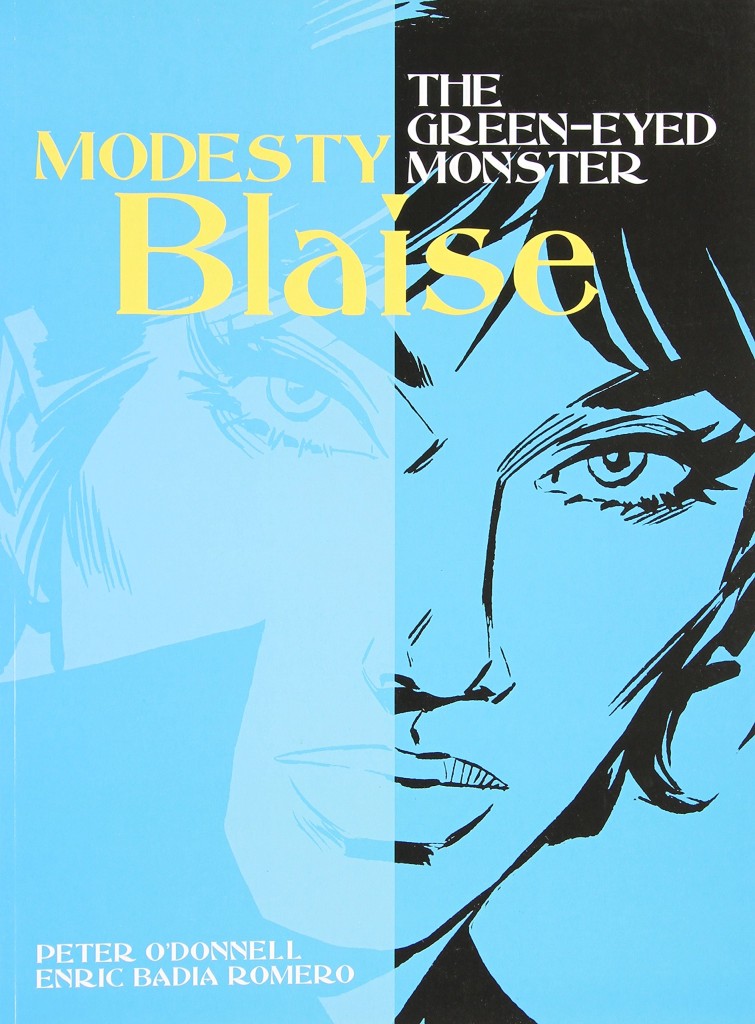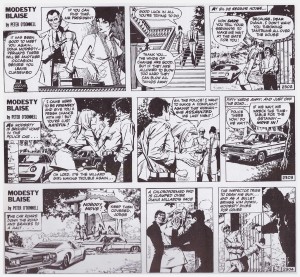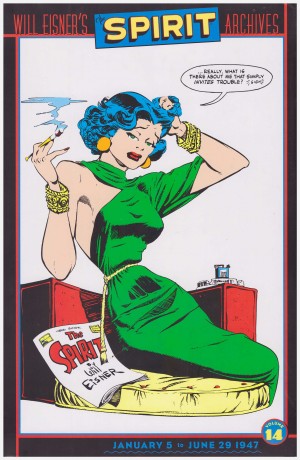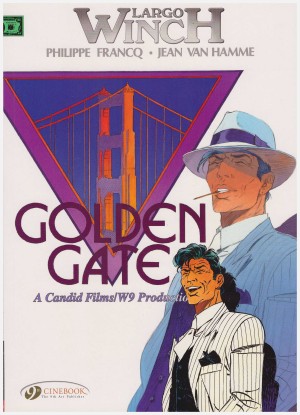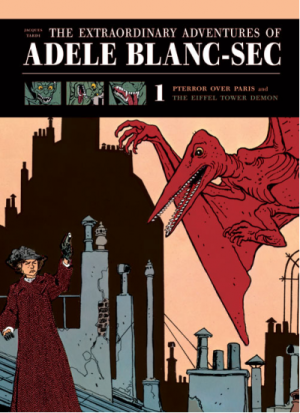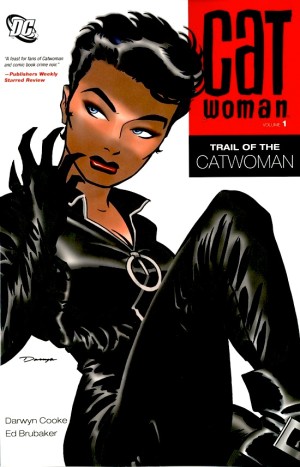Review by Frank Plowright
Spanish artist Enric Badia Romero was drafted in to complete ‘The Warlords of Phoenix’, as seen in The Hell Makers, after Jim Holdaway’s shockingly premature death, and so impressed that he was kept on as artist. He would eventually become the artist most associated with the strip, drawing it for almost nine years until 1978, then later for another fifteen year spell from 1986.
He’s not Holdaway, yet one only has to flick through the book to see what a superb artist he is. Whether drawing a desert kingdom or a steamy jungle, a 1966 Ford Mustang or a 1911 Rolls Royce Silver Ghost, Knights in armour or the height of fashion, Romero is line perfect. His Modesty Blaise is alluring and capable, and while not beyond delivering the occasional risqué pose, there’s a continual sophistication about her, and an everyman quality about Willie Garvin.
As is generally the case in these reprint collections, there are three tales here, originally serialised in 1970 and 1971, with writer Peter O’Donnell now a master of presenting a suspenseful action-thriller with whimsical touches. ‘Willie the Djinn’ is set in the Middle-East amid a palace coup, with the title stemming from the way Garvin appears to the deposed ruler’s young daughter. The title tale also features a daughter, this one older, spoiled and spiteful, and abusing her position as the offspring of the British Ambassador to a South American republic. Revolution is also on the cards here. ‘Death of Jester’ begins with exactly that, as an unhinged British Earl has gathered his former commando squad to his estate, where they live lives of medieval fantasy, complete with the savagery of that era.
O’Donnell’s prefaces to the stories continue to elucidate and amuse. Some he can’t recall writing, and so is as intrigued as we are as he reads through for the first time in decades. Perusing ‘The Green-Eyed Monster’, as he approaches the final strips he becomes concerned that he may have opted for a saccharine ending, and is relieved that’s not the case. ‘Death of a Jester’ was written after reading about the founding of the annual Medieval Festival at Chilham Castle.
Sadly the latter strip suffers from muddy reproduction associated with not being able to assemble a complete run of the strip from clean sources. The other stories, though, show off Romero’s attention to detail in fine fashion. O’Donnell matches that detail, planting his clues in subtle manner, so that when they come in to play you’re peeved at not having picked up on them.
Death of a Jester was also the title of a 1980s Titan reprint volume also including ‘The Green-Eyed Monster’, and ‘The Stone Age Caper’. The latter is found in the next chronological album The Puppet Master, but there’s really no over-arching continuity, so they can be enjoyed in pretty well any order.
A back cover quote considers Modesty Blaise “the blueprint for the ass-kicking femme”. She’s far better than that.
